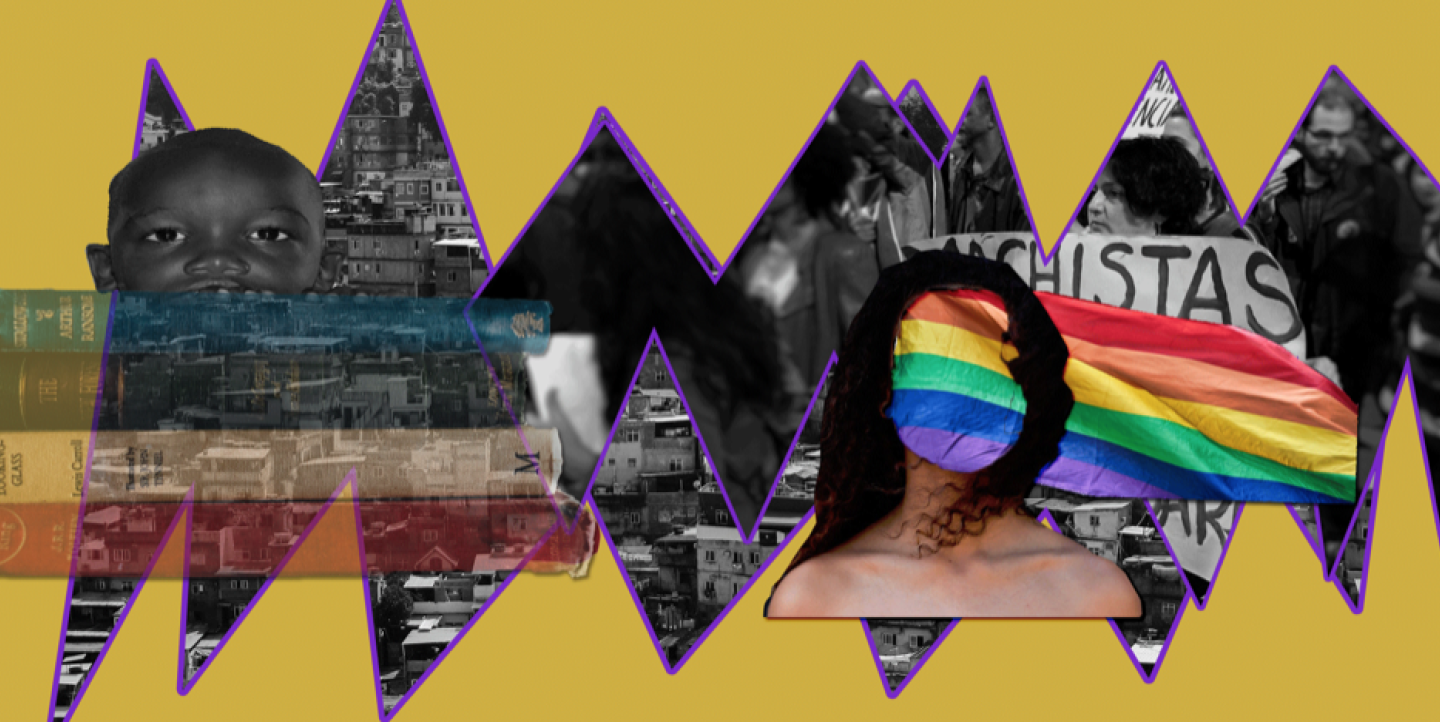The journalism lab Énois has as its mission to boost diversity, inclusion and representation in Brazilian media. Launching first as a journalism school in 2009 for young people living in underprivileged areas of São Paulo, we later spread through the rest of the country to support diversity efforts in local journalism.
By the time we created our diversity toolkit in 2020, we had been operating and informing decentralized, disruptive, territory-focused journalism practices for over a decade. Thanks to this track record, we developed a system in which our experience could be replicated in newsrooms across Brazil.
By sharing a roadmap, others will be able to take even larger steps to strengthen journalism.
The path to decolonize journalism
I was a student myself at the Énois journalism school, and in 2018 I took a class with journalist Bianca Santana on Black references in Brazilian journalism, literature and history, which completely changed the way I see communications. While the experience did not heal the pain caused by the lack of representation in journalism, it showed an existing path that we could call decolonial: a way to rethink and break with traditional – and questionable – journalism practices that are still followed in some newsrooms.
The class was provocative and pushed me and others here at Énois out of our comfort zones. Because this is how we work things out: striving to improve diversity means confronting some discomfort necessary for helping us focus on goals we are yet to achieve.
From that point on we were dedicated to exposing the white, elitist perspectives that dominate legacy journalism. Where are the stories with a race perspective? Where are the Black people? What is the color and class of the people who think and theorize about journalism?
How does the diversity toolkit work?
Our diversity toolkit embodies the awareness, personality and the soul of Énois – a place where we put together actionable insights that break with colonial practices in journalism.
For this project to make sense, it had to be a free product: anyone can access the toolkit. Just visit the website and select one of the topics we cover, which include audience, culture, distribution, teams, management and product.
How is the toolkit organized? Just like a lab that tests subject matter until it reaches an informed result: first, we identify the practices of our partners, students and trainers, as well as those of our own team. Then, we systematize the findings to be replicated and taught in the training courses we provide. Our final step is to add the information to the toolkit. I am one member of the team responsible for tracking and organizing the tools identified during our training sessions.
A practical example
The example of journalist Gessika Costa, who attended many of our programs, and is currently a writer at Olhos Jornalismo, is useful to understand the features and applications of the toolkit. During a meeting to discuss the Amazon and Indigenous issues, we suggested the creation of a database of Indigenous sources for the toolkit. Costa used the database to report on the health of Indigenous people, for which she reached out to and interviewed Indigenous sources.
“Upon reflecting on the creation of the Indigenous sources database, I realized we need to shorten the distances here in Alagoas,” said Costa. The first step Costa took when setting out to build the database was to find Indigenous communities in Alagoas. She then reached out to local contacts who could connect her with these communities, and spoke with sources within the communities who helped with more contacts and research on social media.
The database helped center Indigenous communities in more news coverage, away from sporadic reporting, Costa noted: “The coverage of the Indigenous agenda must guide the daily life of traditional communities.”
We wish the toolkit to be an easier way for diversity to be championed, but not in a superficial way. Diversity must be a part of the team, of newsroom protocol, of journalists’ work from the very start, for it to be able to make a positive impact on news coverage. Diversity needs to transform practices, and the way people see the world.
Yes, diversity is trending now, and we should take advantage of the moment to put forth changes that will transform the structures of journalism. There are many ways to do so, many of which we outline in our toolkit.
Image: screenshot of Énois Jornalismo website.
This article was originally published on IJNet Portuguese and translated by Priscila Brito.


